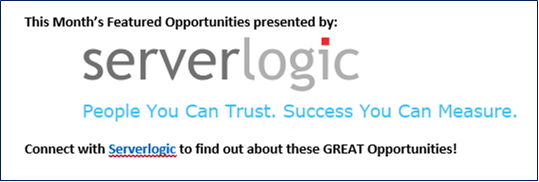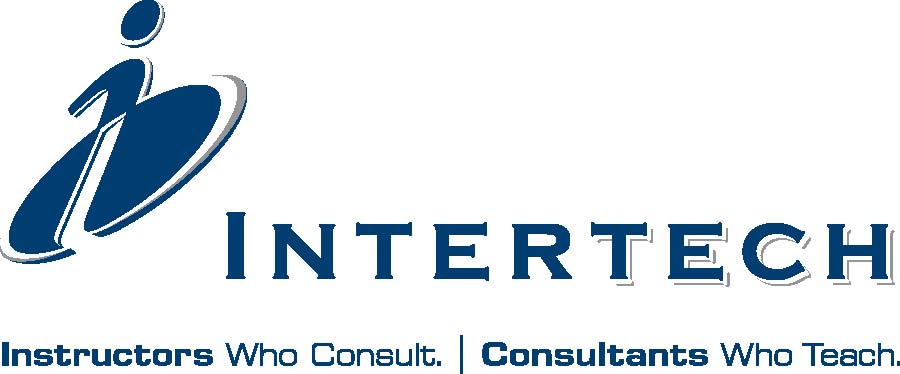6:00PM – 6:30PM social | 6:30PM – 8:30PM meeting
Kevin Kline
Top 10 Admin Mistakes on SQL Server
Microsoft SQL Server is easier to administrate than any other relational database on the market. But “easier than everyone else” doesn’t mean it’s easy. And it doesn’t mean that database administration on SQL Server is problem free. And since many of us fall into the role of database administrator without professional training, we end up encountering issues that others solved years ago. Why not learn from those who first blazed the trails of database administration, so that we don’t make the same mistakes over and over again?
This session will answer questions like:
– What are some of the strengths of SQL Server then also turn out to be weaknesses?
– Why do inexperienced database administrators make their own job more difficult and less efficient?
– What is the one thing that DBAs and Devs always clash over?
– What’s the one mistake likely to get a DBA fired?
There is a short list of mistakes that, if you know of them in advance, will make your life much easier. These mistakes are the “low hanging fruit” of application design, development, and administration. Once you apply the lessons learned from this session, you’ll find yourself performing at a higher level of efficiency and effectiveness than before.
 Kevin (Blog) is a noted database expert and software industry veteran. A long-time Microsoft Data Platform MVP and noted community leader in the IT industry, Kevin is a founder and former president of the Professional Association for SQL Server, as well as the author of popular IT books like SQL in a Nutshell. Kevin is a top-rated speaker at industry trade shows worldwide and has a monthly column at Database Trends magazine. He tweets at @kekline and blogs regularly. Kevin is a Principal Program Manager at SentryOne, a leading vendor of database tools.
Kevin (Blog) is a noted database expert and software industry veteran. A long-time Microsoft Data Platform MVP and noted community leader in the IT industry, Kevin is a founder and former president of the Professional Association for SQL Server, as well as the author of popular IT books like SQL in a Nutshell. Kevin is a top-rated speaker at industry trade shows worldwide and has a monthly column at Database Trends magazine. He tweets at @kekline and blogs regularly. Kevin is a Principal Program Manager at SentryOne, a leading vendor of database tools.
Pat Jesson
Multi-tenant Database Using RLS
What is a multi-tenant database? And why do we want one?
A multi-tenant database allows users from disparate groups to share a database but not have visibility to each other’s data. The idea is that a single application or suite and a single data base instance can appear to users as separate copies.
Leveraging an existing capability to support multiple clients without giving one client access to another’s data.
Shared data
Often (always) a database includes a fair amount of “metadata” which is not specific to users. Rather than duplicate those tables you can provide full access to this by everyone.
Tables are identified as shared or not. Shared data is available to users regardless of company. Non-shared data has rows specific to a particular company. An example of non-shared is the Product table where there are records belonging to one company or another.
 Pat is Technical Architect at R2C Group, a local ad agency that uses custom applications and a reasonably large SQL database to manage the business of buying and evaluating advertising performance. Recently they have refactored their database and applications so that multiple companies can share the same data. After evaluating several strategies they went with Row Level Security which is available on MS-SQL 2016.
Pat is Technical Architect at R2C Group, a local ad agency that uses custom applications and a reasonably large SQL database to manage the business of buying and evaluating advertising performance. Recently they have refactored their database and applications so that multiple companies can share the same data. After evaluating several strategies they went with Row Level Security which is available on MS-SQL 2016.
Refreshments graciously provided by ServerLogic.
We wish to acknowledge the OSHU Information Technology Group for supporting Oregon SQL by generously providing the meeting venue.

 Don’t miss this meeting!
Don’t miss this meeting!


